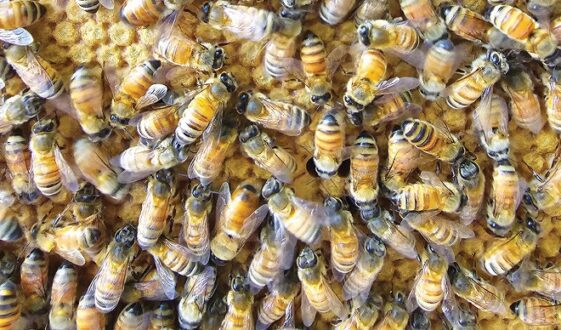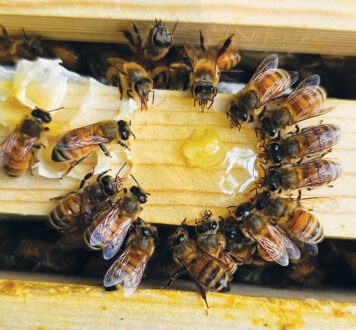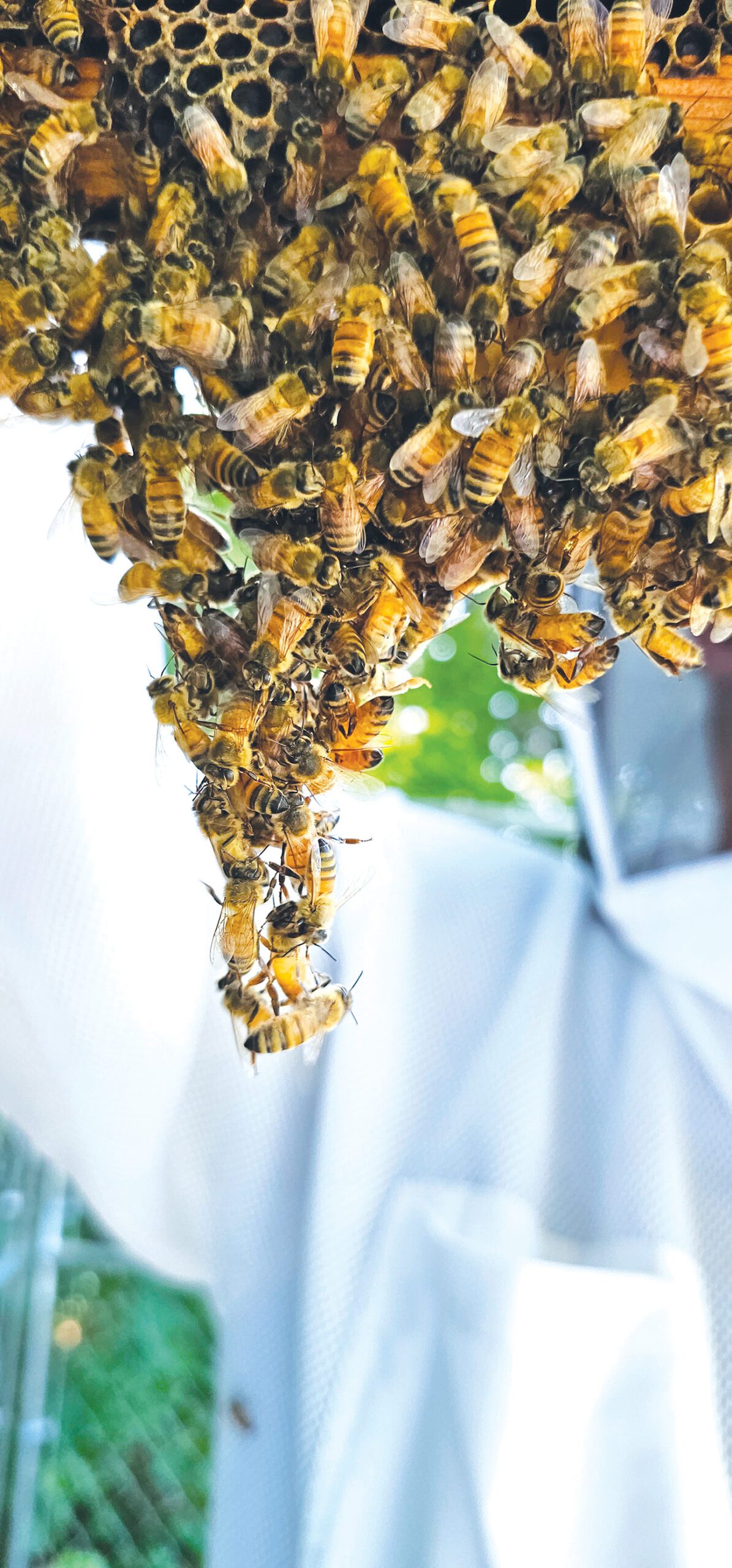
Aug 22, 2023Organic Grower: Beehive health concerns continue
In the latest yearly honeybee colony survey, U.S. beekeepers reported a high level of loss of their managed honeybee colonies in the past year.
The report shows close to one in every two colonies failed last year.


Between April 2022 and April 2023, beekeepers reported 48.2% loss, higher than the 12-year average of 39.6%, and only 2.6 percentage points lower than the highest annual loss rate recorded in 2020-21, according to the 2022-23 Loss and Management Survey conducted by the Bee Informed Partnership.
The survey can provide growers a window on how pollinators may not be able to supply increasing demand for pollination units.
“Colony losses have exceeded levels that beekeepers report as acceptable since the survey started in 2007, and there is no indication that the situation is improving,” said Nathalie Steinhauer, Bee Informed’s research coordinator and a biologist specializing in honeybee health at the University of Maryland’s (UM) Department of Entomology. “Recurring yearly high levels of colony loss highlights the struggle of beekeepers to keep healthy and productive colonies.”
A collaboration with UM and Auburn University’s bee labs, Bee Informed is a nonprofit research organization that works to improve honeybee colony health.
“With the high level of loss, this means that beekeepers had to invest a lot in replacing their lost colonies,” Steinhauer said. “This can typically result in a lower number of colony units, or colony units of smaller size, available for pollination contracts. For growers, those high losses might add to difficulties in securing pollination contracts.”
The study provides growers a sense of pollination unit availability, quality and costs, she said.
This year’s report surveyed 3,006 beekeepers across the U.S. who collectively managed 314,360 colonies, representing 12% of the estimated 2.7 million U.S. managed honey-producing colonies, according to the USDA-National Agricultural Statistics Service Honey Reports. The U.S. honeybee industry is categorized into three groups of beekeepers: backyard (managing 50 colonies or fewer), sideline (51-500 colonies), and commercial (more than 500 colonies).
Commercial operations, which perform most of the pollination services to agricultural crops, manage the vast majority of honeybee colonies (about 90% of surveyed colonies). The total number of honeybee colonies has remained relatively stable over the last two decades, although loss rates remain high, indicating beekeepers are under substantial pressure to recover from losses by creating new colonies every year, Steinhauer said.
Avoid jumping to conclusions
Beekeepers can replace lost colonies by splitting surviving colonies. The process, however, is costly in time and expense and reduces the two smaller colonies’ productivity while they grow to full strength, threatening beekeeping operations’ sustainability.
Though it’s easy to interpret loss rates as a change in population size, the results should be interpreted as a mortality rate similar to humans where population change is a combination of mortality and natality, Steinhauer said.
“One of the most common misinterpretations of the loss rate is to say that honeybee populations are in decline,” she said. “That is not the case. This distinction is to make clear that we are looking at a mortality rate, not a population size change.”
Many factors, including pests, disease, weather-related issues, pollen and predators, affect honeybee health and tend to worsen each other’s impact on bees, including malnourishment, which makes honeybees more susceptible to pests and diseases.
Most commercial operators listed the varroa mite parasite as their top concern, with queens and weather tied for second place. By feeding on developing and adult bees, varroa mites are a vector for viral infections. Since its arrival in the U.S., the mite has changed the landscape of viruses associated with honeybees and is one of the biggest issues affecting honeybee health.
Another emerging issue is beekeepers’ tools to combat varroa mites appear to be losing effectiveness in the field, Steinhauer said. Commercial beekeepers typically experience lower loss levels than small-scale operators, though at levels considered above acceptable (around 20%). In the winter of 2022-23, commercial beekeepers experienced higher levels of loss than expected. The recurring high level of loss observed means the stressors affecting honeybee health are not a “one-off” that can be easily made up in the next season, Steinhauer said.


For commercial beekeepers, who are typically located in more agriculturally-intense areas, 25% cite pesticides as a cause of concern related to winter; 32% list pesticides as summer loss concern.
“A takeaway from our study shows that though pesticides are a major concern for commercial beekeepers, it is not their main or only one,” Steinhauer said. “It is likely that the concerns for pesticide damage are variable among beekeepers, depending on their situations, locations, and activities, whereas their main concern, varroa, is known to be present everywhere.”
Through displaying beekeepers’ difficulties and understanding the complexity of the interactions between stressors affecting honeybee health, Steinhauer said she hopes the research can encourage communication between growers and their pollinator contractors on how to improve the conditions of the bees when placed in crops, shaping future research.
“Though beekeepers have so far been able to maintain a stable population — through expense and effort — there is no guarantee they will be able to continue this effort indefinitely,” she said. “In addition, there seems to be a continued trend for increased demand in pollination units, which means that even a stable population might soon not meet the demand.”
Through the survey, scientists can document and describe beekeepers’ practices and barriers to adopting new tools.
“Though we want to be clear that there are no concerns about a decline in honeybee populations in the U.S., our results indicate that honeybees are surviving, not thriving,” Steinhauer said. “Beekeeping requires intense and dedicated management. Understanding when repeated high loss will affect the sustainability of beekeeping operations is a difficult economic question.”
View the report at beeinformed.org.
— Doug Ohlemeier, assistant editor














